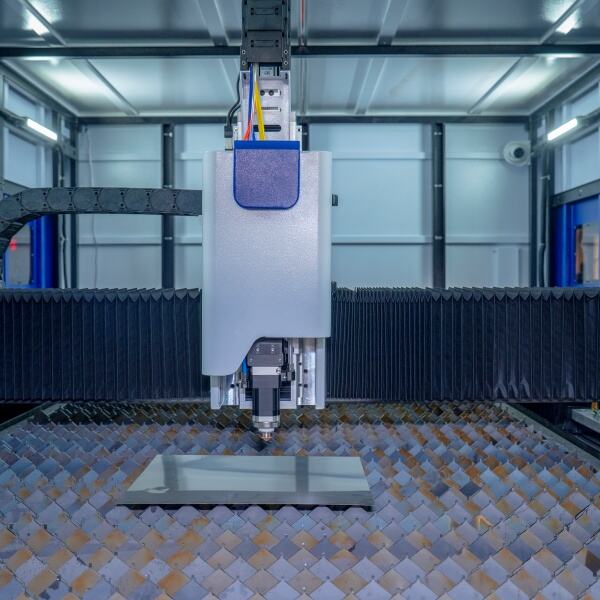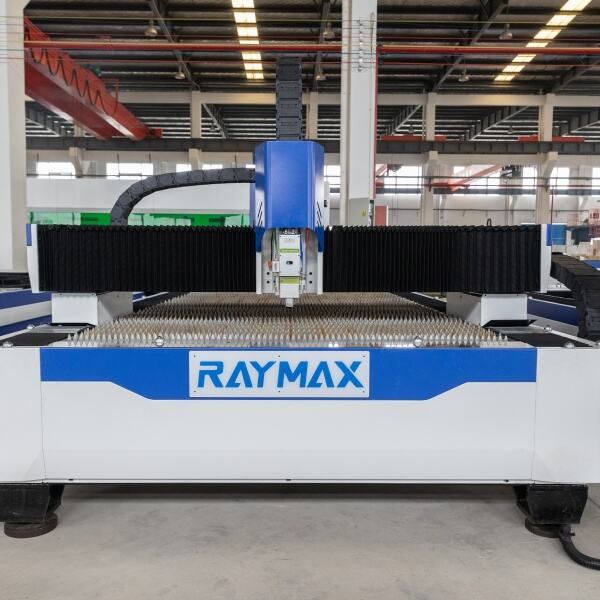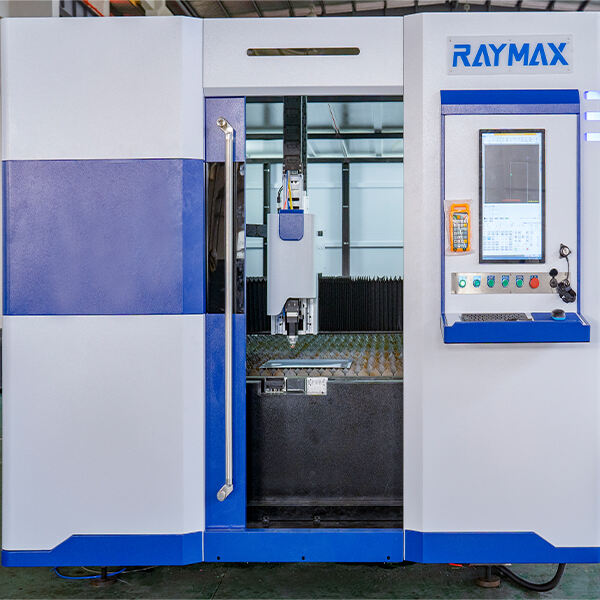금속 가공은 분명히 번거로운 작업이지만 RAYMAX의 목표는 아닙니다. 당사의 파이버 레이저 절단 장비는 검증되고 효율적인 공학 원리를 따르기 때문에 사양에 관계없이 효율적이고 효과적으로 작업을 수행할 수 있습니다. 당사 장비는 스테인리스강, 알루미늄, 탄소강 등 다양한 금속 소재와 함께 작업할 수 있으며, 이는 모두 복합성이 낮은 금속입니다. 장비에 적용된 혁신적인 레이저 기술은 신속하고 정밀한 절단을 가능하게 하여 자동차, 항공 및 석유화학 산업에서 필수적인 도구로 자리 잡고 있습니다. 당사의 기술적 발전은 연구 개발에 중점을 두는 동시에 모든 장비가 최고 품질로 제조되어 운영 성능을 향상시키고 비용을 절감할 수 있도록 지원합니다.


